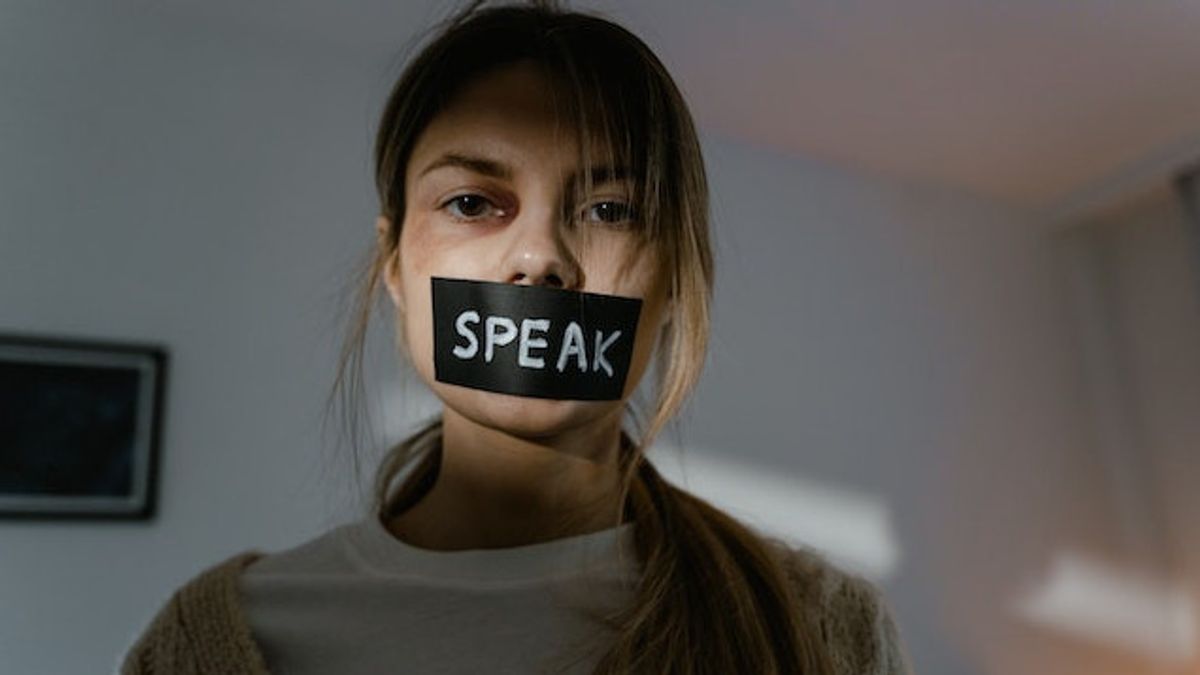JAKARTA - Coercive or coercion is a term that implies the use of threats or violence. In a relationship, coercive control can refer to patterns of bullying and dominating behavior that use losses to direct a person's thoughts, feelings, and actions.
Although coercive control is often seen in the form of emotional abuse, this can also involve physical violence. Both men and women can experience coercive control, although research in 2015 showed that this more often affects women. Understanding signs of coercive control can help you overcome them.
Attack
Physical violence is one of the most extreme versions of coercive control. Couples use physical pain to control your behavior and instill compliance.
Physical violence can also involve children and pets, and can appear in the form of:
Threats
Threats are statements about the consequences that will occur and are intended to create fear. Threats may involve harmful actions that are your point of concern.
Examples of threats may include:
Humiliation
Humiliation can destroy a person's self-esteem. You may start to believe that he can't live well without a partner or deserve harassment.
The insult can be seen as follows:
Isolating
Isolating you can prevent you from verifying with others that behavior in relationships is abusive. This can prevent you from leaving and may force you to rely solely on your partner's support.
Insulating tactics can involve:
Monitoring activities
When your partner monitors what you do all day long, it's his way of reminding you gently that he's always around and assessing your behavior.
Monitoring of activities can include:
اقرأ أيضا:
Control of finances
When your expenses are monitored, controlled, or restricted, it can create a situation where you depend on your partner for basic needs. You may also lack access to resources to get out of your situation.
Signs include:
Sexual torture
Sexual forcing occurs when you feel pressured, manipulated, or cheated to engage in sexual interactions.
Examples of sexual coercion include:
Mencurang kebebasan
When a person robs of your personal freedom, it is a form of control that ignores your feelings and can make you feel inferior.
The signs of your freedom being taken can include:
Coercive control is a general term for abusive behavior that uses violence to force you to behave in a certain way, adapted from Psych Central, Wednesday, September 13.
Although it is often seen as a form of emotional violence, coercive control can also include acts of physical violence such as beatings. Although some relationships based on coercive control believe that partner therapy can fix problems. However, this coercive situation often has to be abandoned.
The English, Chinese, Japanese, Arabic, and French versions are automatically generated by the AI. So there may still be inaccuracies in translating, please always see Indonesian as our main language. (system supported by DigitalSiber.id)


















